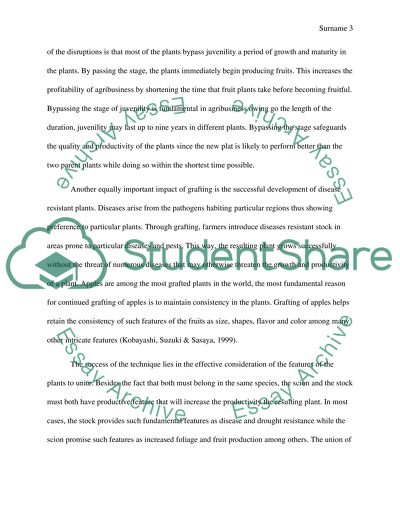Cite this document
(“Grafting Term Paper Example | Topics and Well Written Essays - 1500 words”, n.d.)
Grafting Term Paper Example | Topics and Well Written Essays - 1500 words. Retrieved from https://studentshare.org/agriculture/1644121-grafting
Grafting Term Paper Example | Topics and Well Written Essays - 1500 words. Retrieved from https://studentshare.org/agriculture/1644121-grafting
(Grafting Term Paper Example | Topics and Well Written Essays - 1500 Words)
Grafting Term Paper Example | Topics and Well Written Essays - 1500 Words. https://studentshare.org/agriculture/1644121-grafting.
Grafting Term Paper Example | Topics and Well Written Essays - 1500 Words. https://studentshare.org/agriculture/1644121-grafting.
“Grafting Term Paper Example | Topics and Well Written Essays - 1500 Words”, n.d. https://studentshare.org/agriculture/1644121-grafting.


